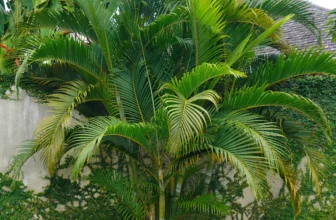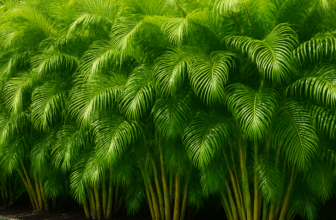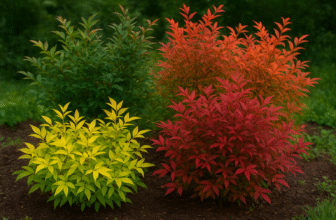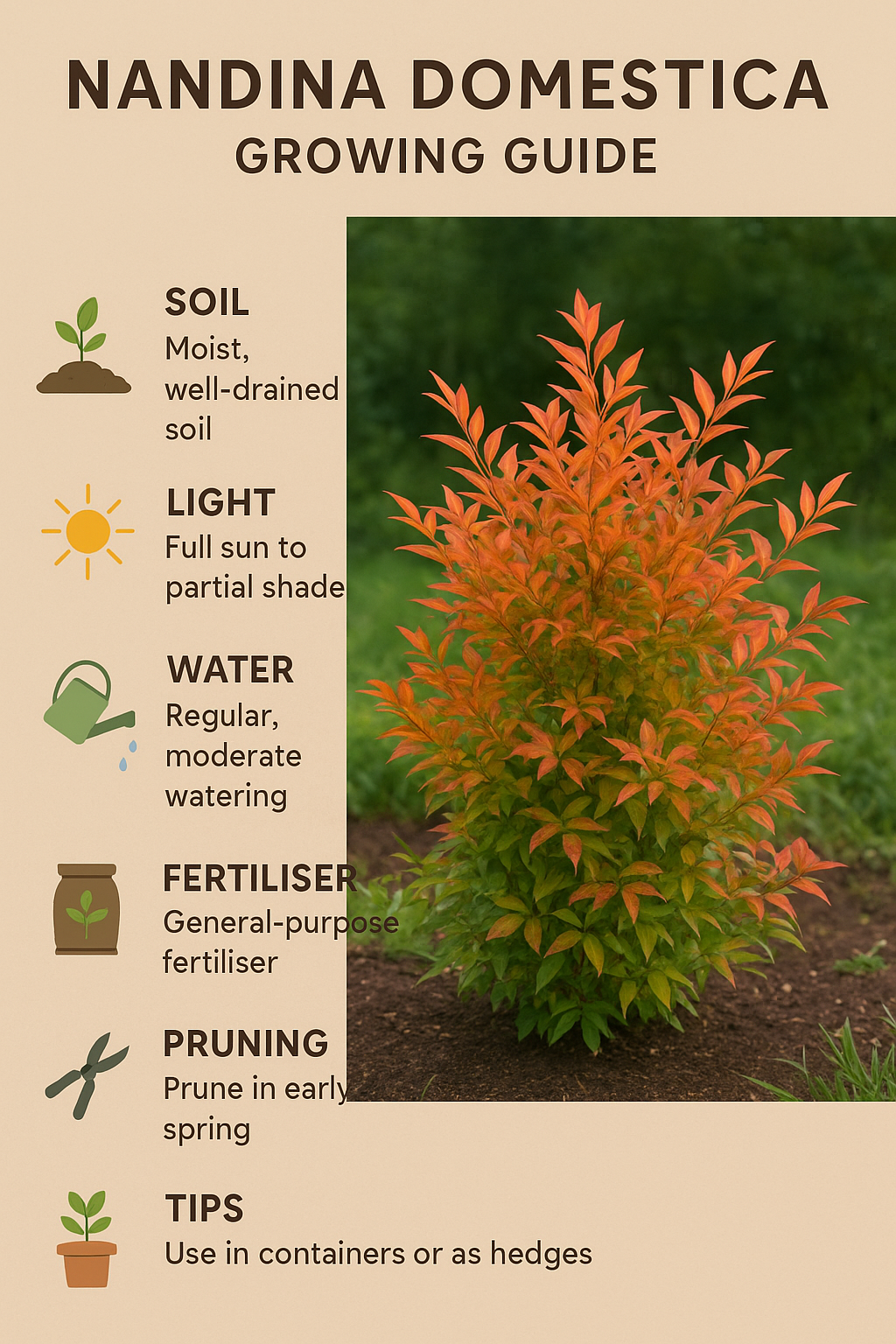If your Teddy Bear Magnolia problems are yellow leaves and you are worried about no flowers, a weak, droopy look, no need to worry, it’s a common problem for many Australian gardeners. Changes in weather and soil conditions often cause these issues, but they can be addressed with proper care.
This guide helps you identify, fix, and prevent the most common Teddy Bear Magnolia problems so your tree stays lush, glossy, and full of life year-round.
Quick Overview: Why Teddy Bear Magnolia Struggles
Teddy Bear Magnolias are hardy but sensitive to certain conditions. Most issues come from watering imbalance, poor drainage, or pests.
Here’s a quick overview:
Problem Type: Common Cause, Quick Fix
Yellow Leaves: Overwatering or poor soil drainage. Improve drainage & reduce watering.
Leaf Drop: Heat stress or sudden temperature changes. Deep watering in the early morning.
Root Rot, Waterlogged soil, Replant in a raised bed or use sandy loam
No Flowers, Lack of sunlight or nutrients. Apply slow-release fertiliser
Pests: Scale insects, aphids. Use eco-friendly horticultural oil.
Overwatering is one of the main causes behind most Teddy Bear Magnolia problems in Australian gardens.
🌱 1. Yellow Leaves on Teddy Bear Magnolia
🔍 Why It Happens
Yellowing leaves are often a sign of stress, especially from:
- Too much water or compacted soil
- Low nitrogen levels
- Poor air circulation
🌿 How to Fix It
- Check soil moisture — only water when the top 5 cm feels dry.
- Aerate the soil around the root zone and add organic compost.
- Feed with nitrogen-rich fertiliser in spring and summer.
- Prune lightly to improve airflow.
Buy Recommended Fertilizer:
Seasol Advanced Garden Fertilizer – Bunnings AU
2. Root Rot in Teddy Bear Magnolia
The Warning Signs
- Leaves turn dull or brown.
- Roots appear soft, dark, and mushy.
- The tree may suddenly wilt despite regular watering.
The Cause
Root rot is caused by fungal growth (Phytophthora spp.) thriving in poorly drained or waterlogged soil.
This problem is common in heavy clay soils — especially after prolonged rains.
The Solution
- Uproot gently and inspect roots.
- Trim damaged roots and treat with fungicide.
- Replant in well-draining soil mix (sandy loam + compost).
- Avoid watering until the topsoil dries out.
Buy Root Rot Treatment:
Yates Anti Rot Phosacid Systemic Fungicide – Bunnings AU
Reference:
Australian Government – Department of Agriculture, Fisheries and Forestry on Soil Health
3. Leaf Drop or Browning Edges
Cause
Leaf drop often results from:
- Sudden temperature changes
- Underwatering during heatwaves
- Wind burn in exposed areas
Fix
- In dry spells, you must deep-water after a week.
- To lock in moisture, you must apply mulch (5–8 cm) around the base
- Do not water directly watering onto leaves.
Buy Mulch Online:
eBay Australia – Organic Sugar Cane Mulch
4. Teddy Bear Magnolia problems, Pests (Scale, Aphids & Beetles)
Common Culprits
- Scale insects (tiny brown bumps on stems)
- Aphids (soft-bodied pests under leaves)
- Beetles chewing leaf edges
Natural Pest Fixes
- Hose off pests using intense water pressure.
- Spray with eco-friendly oil once a fortnight.
- Introduce ladybugs to your garden as natural predators.
Buy Pest Control Spray:
Eco-Oil Organic Garden Insect Spray – Amazon AU
Reference:
NSW Department of Primary Industries – Plant Pests and Diseases
5. Teddy Bear Magnolia Not Flowering
Possible Causes
- Not enough sunlight (needs 6 hours/day)
- Over-pruning in late winter
- Low phosphorus or potassium levels
Simple Fixes
- Move the plant to a sunnier spot.
- Use a bloom-boosting fertilizer rich in phosphorus.
- Avoid pruning during early spring (flower bud time).
Buy Bloom Booster:
Scotts Osmocote Plus Trace Elements Flower & Fruit – Bunnings AU
When pests or fungal issues appear, the Teddy Bear Magnolia problems usually bounces back quickly with proper care.
6. Ordinary Soil & Drainage Issues
🔍 Symptoms
- Water is pooling around the base
- Slow growth despite feeding
- Moss or algae around roots
🪴 Fix
- Mix garden soil, coarse sand, and compost (40:30:30 ratio).
- Use large pots for better drainage. You must raise garden beds.
- Always plant above ground level slightly.
📗 Reference:
Australian Government – Soil Quality Guidelines (Soil Quality Australia)
Preventing Problems Before They Start
Action Frequency Benefit
Deep watering once weekly prevents leaf drop
Mulching every 6 months, Moisture retention
Feeding twice a year Boosts flowering
Pest inspection: Monthly stops early infestations
Extra Tip:
If you live in humid regions (like coastal NSW or Queensland), choose slightly elevated planting areas to reduce fungal growth.
Should You Use Artificial Teddy Bear Magnolias?
If maintaining a real tree feels tough, artificial Teddy Bear Magnolia plants are a modern, low-maintenance option.
They look realistic, last years, and require zero watering — perfect for balconies, offices, or shaded patios.
👉 Buy Artificial Teddy Bear Magnolia:
eBay Australia – Artificial Magnolia Tree
Pros and Cons of Teddy Bear Magnolia Care
Conclusion
Healthy Teddy Bear Magnolias reward you with year-round glossy leaves and stunning white blooms — but they do need a little care.
Keep an eye on watering, drainage, and sunlight, and act quickly at the first sign of yellowing or pests.
With these practical tips and the trusted Aussie resources above, your Magnolia will thrive beautifully through every season.
📘 References
- NSW Department of Primary Industries – Plant Pests & Diseases
- Australian Government – Soil Health and Drainage
- Soil Quality Australia – Improving Soil for Gardens
- Bunnings Australia – Gardening Guides
FAQs – Teddy Bear Magnolia Problems in Australia (2025)
Why are my Teddy Bear Magnolia leaves turning yellow?
Yellow leaves often mean overwatering or poor drainage. Check soil moisture and improve aeration to prevent root rot.
How do I fix root rot in my Teddy Bear Magnolia?
Gently remove affected roots, replant in free-draining soil, and reduce watering. Adding compost boosts soil health.
What pests commonly affect Teddy Bear Magnolia trees?
Scale insects and aphids are common. Wipe leaves with neem oil or use an Australian-approved horticultural spray.
Why is my Teddy Bear Magnolia dropping leaves?
Leaf drop often comes from sudden temperature changes, transplant shock, or uneven watering. Keep soil evenly moist, not soggy.
Can I save a dying Teddy Bear Magnolia tree?
Yes. Prune damaged parts, improve drainage, and feed with a slow-release fertiliser for magnolias. Steady care helps recovery.
How can I prevent future Teddy Bear Magnolia problems?
Plant in a sunny, sheltered, well-drained spot. Water deeply but infrequently and add mulch yearly to retain moisture.





